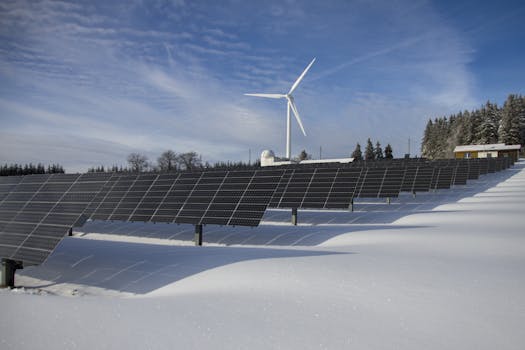Understanding Photovoltaic Systems with Zero Export to the Grid
As the world increasingly shifts towards renewable energy sources, photovoltaic (PV) systems have gained significant attention for their ability to convert sunlight into electricity. Among the various configurations of PV systems, those designed for zero export to the grid are becoming more popular, particularly in residential settings. This article explores the operation of photovoltaic systems with zero export, their benefits, challenges, and real-world applications.
What is a Photovoltaic System?
A photovoltaic system consists of solar panels that convert sunlight into electricity. This electricity can be used to power homes, businesses, or fed back into the electrical grid. However, a zero export system is specifically designed to prevent any surplus electricity from being sent back to the grid.
Key Components of a Zero Export PV System
To understand how a zero export PV system operates, it is essential to know its key components:
- Solar Panels: These are the primary components that capture sunlight and convert it into direct current (DC) electricity.
- Inverter: This device converts DC electricity into alternating current (AC), which is used in most household appliances.
- Battery Storage: In many zero export systems, batteries store excess energy generated during the day for use during the night or cloudy days.
- Energy Management System (EMS): This system monitors energy production and consumption, ensuring that any excess energy is either stored or curtailed to prevent export.
How Does a Zero Export PV System Operate?
The operation of a zero export PV system is centered around self-consumption. Here’s how it works:
- Energy Generation: During daylight hours, solar panels generate electricity. The amount of energy produced depends on factors such as panel efficiency, sunlight availability, and system size.
- Energy Consumption: The generated electricity is first used to power household appliances. If the energy demand exceeds the production, the system draws power from the grid.
- Energy Storage: Any surplus energy that is not immediately consumed can be stored in batteries for later use. This is crucial for maintaining a zero export status.
- Export Prevention: The EMS continuously monitors the energy flow. If the system detects that the generated energy exceeds consumption and storage capacity, it will automatically curtail production to prevent any excess from being exported to the grid.
Benefits of Zero Export PV Systems
Zero export PV systems offer several advantages, particularly for residential users:
- Energy Independence: Homeowners can rely on their solar energy, reducing dependence on the grid and protecting against rising energy costs.
- Environmental Impact: By utilizing renewable energy, these systems contribute to reducing carbon footprints and promoting sustainability.
- Grid Stability: Zero export systems help maintain grid stability by preventing overloads that can occur from excess energy being fed back into the grid.
- Regulatory Compliance: In some regions, regulations may limit or penalize energy export, making zero export systems a compliant choice.
Challenges and Considerations
While zero export PV systems have many benefits, they also come with challenges:
- Initial Costs: The installation of solar panels, inverters, and battery storage can be expensive, although prices have been decreasing over the years.
- Battery Lifespan: Batteries have a limited lifespan and may require replacement, adding to long-term costs.
- Energy Management Complexity: Effective energy management is crucial to ensure that energy consumption aligns with generation, which may require sophisticated technology.
Real-World Examples and Case Studies
Several case studies illustrate the successful implementation of zero export PV systems:
- Residential Case Study: A family in California installed a 10 kW solar system with battery storage. They successfully achieved zero export by using an EMS that optimized their energy consumption patterns, allowing them to use 90% of their generated energy.
- Commercial Application: A small business in Australia adopted a zero export system to avoid penalties associated with energy export. By integrating battery storage, they managed to operate entirely off-grid during peak hours.
Conclusion
Photovoltaic systems with zero export to the grid represent a significant advancement in solar technology, offering homeowners and businesses a sustainable and independent energy solution. By understanding their operation, benefits, and challenges, users can make informed decisions about adopting this technology. As the demand for renewable energy continues to grow, zero export systems will likely play a crucial role in shaping the future of energy consumption and sustainability.
